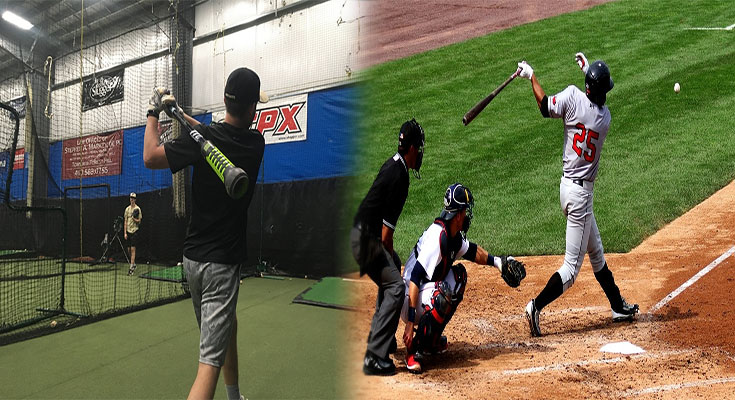In the game of baseball, the swing mechanics and the weight distribution of the bat play a crucial role in a player’s ability to make solid contact with the ball. Understanding how the weight is distributed in a baseball bat and how it affects the swing can greatly enhance a player’s performance at the plate. In this article, we will explore the concept of bat weight distribution and its impact on swing mechanics.
Bat Weight Distribution:
The weight distribution of a baseball bat refers to how the weight is distributed along the length of the bat. Bats can have different balance points, which are classified as end-loaded, balanced, or handle-loaded. These designations determine where the majority of the weight is concentrated and can drastically affect a player’s swing mechanics.
End-Loaded Bats:
End-loaded bats have more weight towards the end of the barrel, away from the handle. This design creates a top-heavy feel and allows for a greater swing momentum. End-loaded bats are often preferred by power hitters who generate a lot of strength and bat speed, as the additional weight in the barrel can generate more power upon contact. However, end-loaded bats require excellent timing and swing mechanics to control the weight and ensure a consistent swing path.
Balanced Bats:
Balanced bats have an even weight distribution throughout the entire length of the bat. These bats offer a more balanced swing feel, making them suitable for a wider range of players. Balanced bats provide greater control and maneuverability, allowing for quick swing adjustments and better plate coverage. They are commonly used by contact hitters who prioritize bat control and the ability to make consistent contact with the ball.
Handle-Loaded Bats:
Handle-loaded bats have additional weight towards the handle, closer to the player’s hands. This design can increase bat speed and improve a player’s ability to whip the bat through the hitting zone. Handle-loaded bats are often favored by players looking to maximize their bat speed and have a quick, compact swing. However, these bats may sacrifice some power due to the reduced weight in the barrel.
Impact on Swing Mechanics:
The weight distribution of a baseball bat has a significant impact on a player’s swing mechanics. For end-loaded bats, players must generate more power through their swing by utilizing their lower body and core strength effectively. This also requires precise timing to sync the swing with the incoming pitch. Balanced bats offer more control, allowing players to focus on making consistent contact with the ball. Handle-loaded bats require quick, efficient hand and wrist movements to generate bat speed and whip through the hitting zone.
Choosing the Right Bat:
Selecting the right bat weight distribution is a personal preference that depends on a player’s physical attributes, hitting style, and overall strength. It is essential to experiment with different bat types and weight distributions during practice sessions to determine which one feels most comfortable and allows for optimal performance.
Understanding the weight distribution of a baseball bat and its impact on swing mechanics is vital for players aiming to improve their performance at the plate. Each weight distribution offers distinct advantages and considerations. By experimenting with different bat types and weight distributions, players can find the optimal balance between power, control, and bat speed, ultimately enhancing their overall hitting abilities in the game of baseball.





